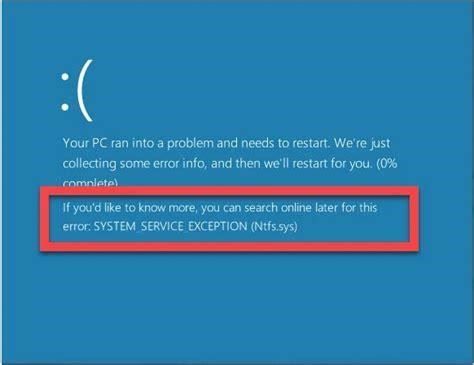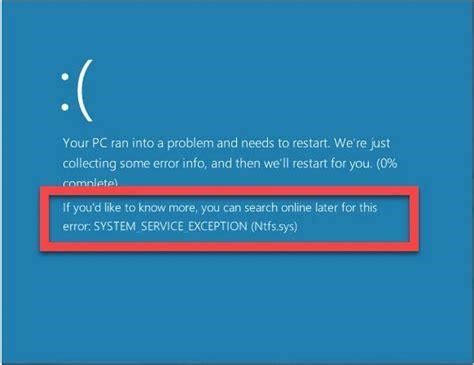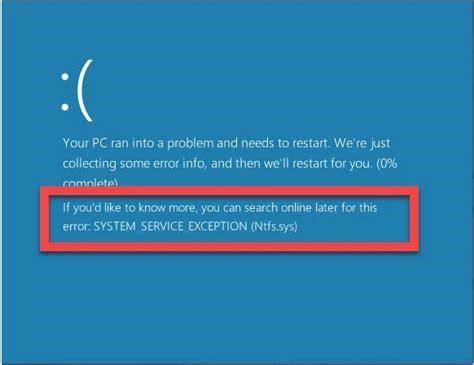Resetting Windows 10: A Detailed Guide to Cloud Download vs Local Reinstall
As Windows 10 evolves, Microsoft continues refining its reset and recovery options to enhance the user experience. With each new version, the methods for refreshing your PC grow increasingly streamlined. When the time comes to reset Windows 10, you’ll likely encounter two primary options: Cloud Download and Local Reinstall. Both achieve the same end goal of reinstalling Windows, but there are some key differences in how they operate.
In this comprehensive guide, we’ll examine Cloud Download vs Local Reinstall to demystify the reset process. You’ll walk away with a clear understanding of how each method works, their respective requirements, and when to utilize one over the other.
Cloud Download: The Modern Reset Approach
Cloud Download represents the newest innovation in Windows 10 reset functionality. Rather than relying on local system files, Cloud Download pulls a fresh Windows 10 image straight from Microsoft’s servers. This online reset approach delivers two major advantages:
Should I reinstall Windows on a cloud?
The obvious drawback of the cloud option – that it requires an internet connection – is usually not an issue. Unless you are trying to reinstall Windows without Wi-Fi access or something, the cloud download goes pretty quickly. The local reinstall, on the other hand, runs the risk of being built from corrupted Windows system files.
What does cloud download mean on Windows 10?
When you select “Cloud Download,” Windows will download fresh system files from Microsoft’s servers and uses them to re-install Windows on your computer. As the Reset This PC interface notes, this download may be more than 4GB in size.
-
You can reset Windows 10 even if local files are corrupted or damaged. Since Cloud Download retrieves pristine system files from the cloud, existing errors won’t impede the process.
-
It preserves your personal files and installed programs after reinstalling Windows. This enables refreshing your PC without losing data or having to reconfigure your apps.
However, utilizing Cloud Download does demand an active internet connection. You’ll also need sufficient bandwidth, as the total download can exceed 4GB.
If you have spotty WiFi or strict data limits, Cloud Download may not prove feasible. The local reinstall option serves as an effective fallback method in these cases.
Local Reinstall: The Traditional System Reset
Local Reinstall represents the conventional approach Windows has long relied upon for recovery and refreshing. Rather than downloading new files, this method utilizes a copy of Windows already on your PC. Typically accessed through the recovery partition, these local system files get reused to pave over the existing installation.
The main advantages of Local Reinstall are:
-
It works offline without an internet connection. This makes it handy for resetting tablets, laptops, or any device with limited connectivity.
Why does a cloud download take a long time?
If your internet connection is fast and has an excellent connection to the servers, the cloud download might take less time than using your local files. This might seem counterintuitive, but there’s a good reason for it. Local files can be damaged or corrupted, which may increase the time it takes Windows to find and prepare them for use.
What is the difference between local and cloud installation?
The only difference between local and cloud installation is how you get the files. With local installation, the files are already on your machine as part of your existing Windows installation. They are included as a backup when Windows is first put on your device. Cloud installation doesn’t use files on the computer to reinstall Windows.
How much data does “cloud download” use?
Since “Cloud Download” grabs a copy of Windows 10 setup files from online servers, it consumes lots of Internet data. Microsoft claims that the option can use more than 4 GB of data which is quite true as Windows 10 ISO is also of same size approx. Remember “Cloud Download” option DOESN’T download latest version of Windows 10.
-
There’s minimal data consumption. You avoid large downloads that eat into your monthly allotment.
However, Local Reinstall also carries some downsides:
-
Corrupted system files can hamper the process. Since it relies on local copies, any errors or damage can cause issues.
-
It deletes all personal files and programs. After reinstalling Windows, you’ll have to reconfigure your data and apps from scratch.
When to Choose Each Reset Method
Now that we’ve explored both options, when should you use Cloud Download vs Local Reinstall?
-
If you have a solid internet connection with no restrictive data caps, Cloud Download is typically preferable. It delivers a cleaner reset without laborious reconfiguration.
-
With spotty connectivity or strict data limits, Local Reinstall is often the more reliable choice. You avoid large downloads and can reset even offline.
-
If you just want to refresh Windows without losing your files and apps, Cloud Download enables this retention.
-
If you need to wipe your PC completely, performing a full factory reset, Local Reinstall forces this level of comprehensive refresh.
Can I reinstall Windows 10 from the cloud?
Normally, that process should work fine, but if the local Windows image ever got damaged or corrupted, you’d be out of luck. With the Windows 10 May 2020 Update (aka Windows 10 version 2004), you can reinstall Windows from the cloud as an alternative to a local reinstallation.
What’s new in Windows 10 cloud download?
The new Cloud Download feature avoids these drawbacks. Now, rather than attempting to gather all the files it needs from your computer’s local storage, Windows can download the latest Windows installation files from Microsoft’s servers. You’ll get the latest files so no big updates will be required afterward.
Should I use local reinstall or cloud download?
Use Local Reinstall to reinstall Windows if you have slow internet or want to avoid using data. Use Cloud Download if you have fast Internet without a data cap, Windows was badly corrupted, or if Local Reinstall failed. When resetting your Windows 10 or Windows 11 PC, you’ll be asked whether you want to do a “Cloud Download” or “Local Reinstall.”
How does Windows 10’s 20H1 update ‘cloud download’ work?
Windows 10’s 20H1 update will have a “Cloud Download” that downloads the latest Windows files from Microsoft and uses it to reinstall Windows. Now, Microsoft’s Aaron Lower has explained exactly how Cloud Download will work.
The needs of your specific situation will dictate which option serves you best. With this guide’s insights, you can evaluate both approaches and select the optimal recovery method.
Performing a Cloud Download Reset
If you decide Cloud Download meets your needs, use these steps to execute the reset:
-
Open Settings and navigate to Update & Security > Recovery.
-
Under "Reset this PC," click Get started.
-
Select the Cloud Download option when prompted.
-
Choose whether to keep personal files and apps or remove everything.
-
Click Reset to initiate the Cloud Download process.
Sit back and relax as Windows 10 resets seamlessly utilizing modern cloud capabilities. Within a couple hours, you’ll be up and running with a refreshed system.
Conclusion
Resetting Windows 10 provides an easy yet powerful way to restore peak performance and eliminate lingering issues. By understanding Cloud Download vs Local Reinstall, you can approach the process with confidence. Weigh the unique advantages of each method to determine the ideal recovery solution for your needs. With the right reset option, you’ll have your PC running smoothly in no time.
What’s the difference between a Windows reinstall and a cloud reset?
Both reset methods to reinstall your operating system are nearly identical, but the biggest difference lies in how the installer is being downloaded. As the name suggests, cloud download (or cloud reset) downloads a new Windows image from Microsoft’s servers on the cloud, which requires 4GB or more of Internet data.
What is the difference between cloud download and local reinstall?
The Cloud download option will reinstall the same build, version, and edition that is currently installed on your device. On the other hand, the Local Reinstall uses an offline approach. Instead of fetching a fresh copy of Windows, it uses the existing one and then rebuilds the OS. Cloud Download or Local Reinstall – Which is better?




